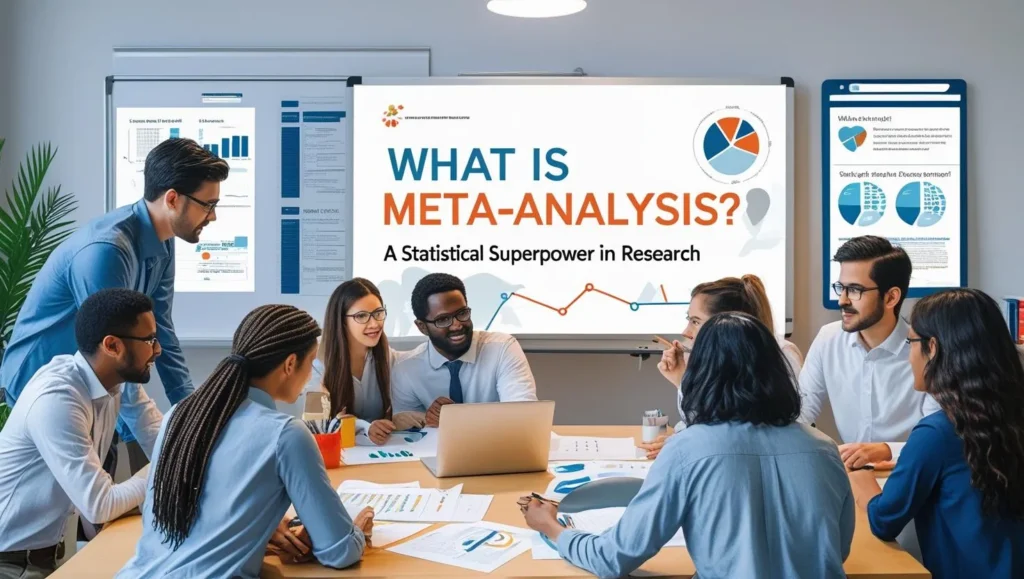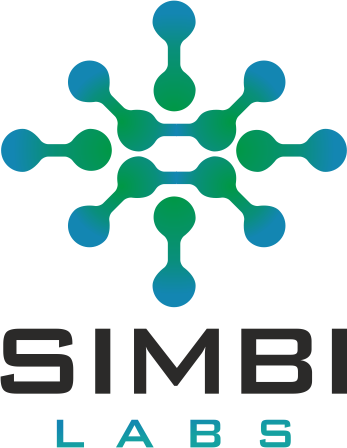What is Meta-Analysis? A Statistical Superpower in Research

Introduction: What is Meta-Analysis?
Imagine you’re trying to decide whether a new medicine really works. You look online and find 10 different studies — some say it helps, some say it doesn’t, and others are unsure. So what do you believe?
This is where meta-analysis comes in.
A meta-analysis is like putting all those studies into one big pot, mixing them together using statistics, and seeing what the combined result says. Instead of relying on just one study, it looks at the bigger picture by combining results from many studies on the same topic.
Why is Meta-Analysis Important in Research?
- Stronger Evidence: One small study might not be convincing. But combining 10 studies gives a clearer, more reliable answer.
- Solves Disagreements: If different studies have different results, meta-analysis helps find the truth in the middle.
- Saves Time: Instead of reading every study, meta-analysis summarizes them for you in one neat report.
Steps in Conducting Meta Analysis:
1. Define the Research Question
Just like any study, it starts with a clear research question that you are working on.
2. Literature Search and Study Selection
Next, the researcher searches for all available studies related to the question.
This involves Searching databases (like PubMed, Google Scholar) or Using keywords and filters.
Only relevant and quality studies are chosen for analysis.
3. Extracting Data
From each selected study, important data is pulled out.
This usually includes Sample sizes, Mean, Standard deviation, 95% Confidence Interval for Continuous Data and for Dichotomous Data Number of Success and Failure for Outcome Measures (Treatment and Control)
4. Statistical Analysis
Here’s where the real “meta” magic happens Graphs like forest plot and Funnel Plot help visualize this step.
5. Interpreting the Results
Finally, the combined results are interpreted to answer the original question.
Key Statistical Concepts in Meta-Analysis

Effect Size
Effect size tells us how strong the impact of something is (like a treatment or intervention). It’s the main number meta-analysis combines across studies.
Common types:
- SMD (Standardized Mean Difference): Used when studies measure the same outcome in different ways.
- OR (Odds Ratio): Often used in clinical trials to compare the odds of an outcome happening.
- RR (Risk Ratio): Compares risk in the treatment group vs. the control group.
Think of effect size as the “common language” used to compare results from different studies.
Forest Plot
A forest plot is a visual summary of the results.
Each line shows one study’s result, and the diamond at the bottom shows the pooled effect from all studies.
It helps answer:
Do most studies agree? Is the overall effect meaningful?
Fixed-effect vs Random-effects Models
Fixed-effect model: Assumes all studies are estimating the same true effect.
Random-effects model: Assumes each study estimates a slightly different effect — more realistic when studies vary.
In short:
If studies are very similar → fixed-effect
If studies are diverse → random-effects
Heterogeneity
Heterogeneity shows how different the study results are.
Two common measures:
- I² (I-squared): % of variation due to differences, not chance.
- 0% = no heterogeneity
- 25% = low, 50% = moderate, 75% = high
- Cochran’s Q: Tests if differences across studies are more than expected by chance.
If heterogeneity is high, the pooled result should be interpreted more cautiously.
Funnel Plot
A funnel plot checks for publication bias.
It plots each study’s effect size vs. its precision (standard error).
A symmetrical funnel means no bias.
An asymmetrical funnel may mean smaller or negative-result studies are missing (possibly unpublished).
Egger’s test
Eggers Test is a statistical method used in meta-analysis to detect publication bias — the tendency for studies with significant or positive results to get published more often than those with null or negative results.
Common Tools and Software for Meta-Analysis
- R Software (Package “Metafor”)
- Stata
- RevMan (Review Manager)
